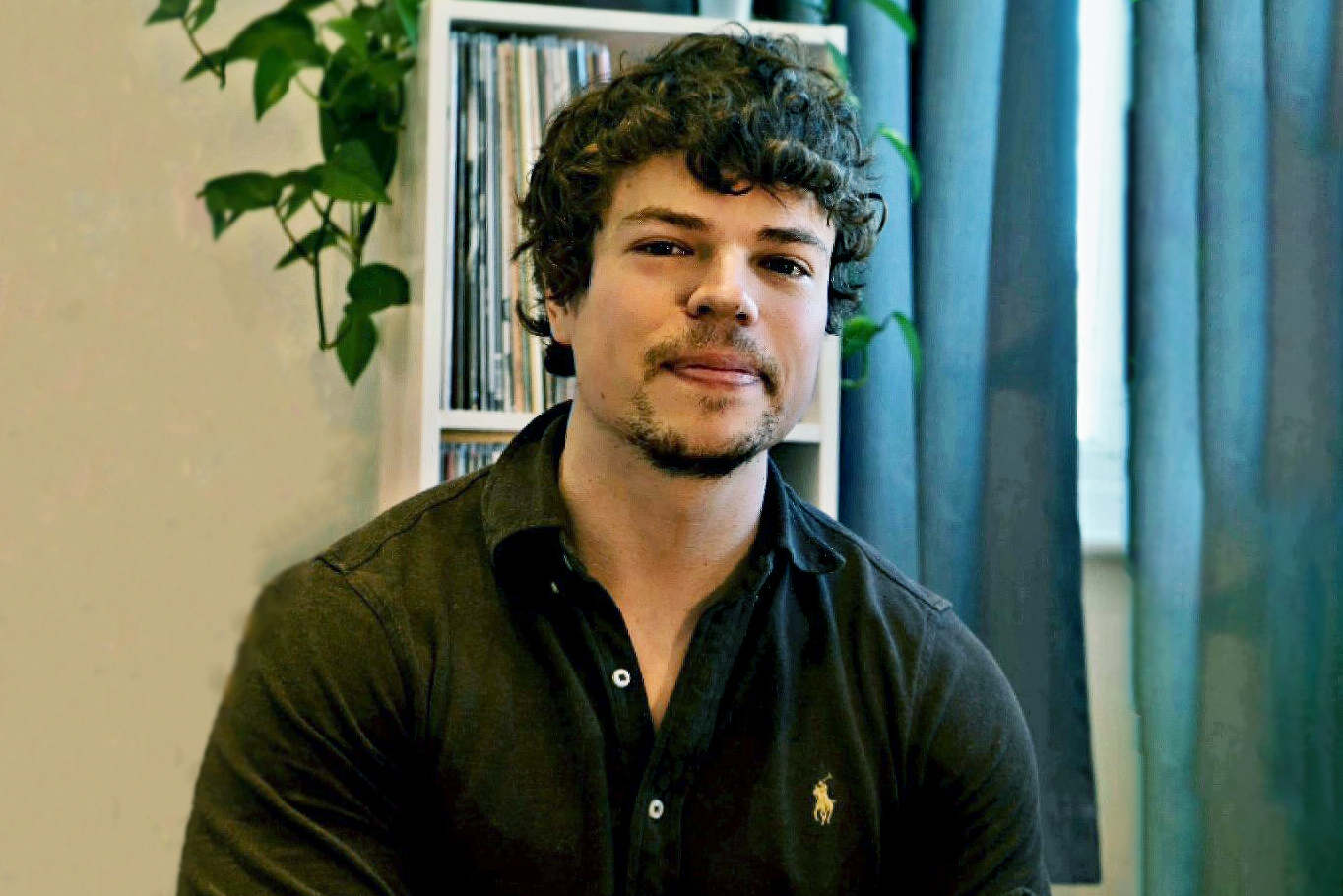Inclusivity in marketing: The power of words

Today, brand messaging needs to be mindful of diverse voices across many different groups of people. Inclusivity isn’t just a nice-to-have, it’s the bare minimum — and brands that don’t act risk the perception that they’re either behind the times or downright discriminatory.
Done right, however, inclusive marketing helps brands stay relevant, appeal to a wider audience and forge deeper connections with their customers. Ultimately, we all want to feel represented. But even the best intentions can lead to pitfalls if you’re not careful.
To supercharge your brand’s inclusivity, here are four key questions you need to ask yourself.
Have you ever felt offended by marketing material or media?
Those of us in the UK all remember Yorkie’s infamous 2002 “NOT FOR GIRLS” slogan. As part of a £3m advertising campaign, the brand set out to capture attention by claiming their chocolate bar was exclusively for men.
While this risqué marketing campaign generated a sizeable amount of media attention, it wasn’t necessarily good attention: the brand received a large amount of backlash. It ultimately resulted in sales being suspended in several major cities before the slogan was dropped entirely.
While it’s unlikely that we’d see such extreme campaigns today, many still feature the same problems, just in different ways, not least microaggressions — intentional or not. Think overused images of businessmen at work, women looking after the kids and more.
All of these act as a subtle push to an outdated narrative. It’s important to think about how your messaging will be received by your intended audience. You shouldn’t promote something that intentionally excludes others or subtly enforces a particular ideal.
Am I using gender-neutral language?
Beyond the wider sentiment, the individual words you use have a big impact on your audience, so choose carefully.
Our biases often creep into our writing and it’s important to acknowledge them and be mindful of how they might affect other people.
The right words can inspire, motivate and persuade people to take action – but the wrong words can have the opposite effect.
A prime example of this is the male default principle. Over the years, greeting more than one person with a “hey guys” has become habitual and an almost subconscious choice.
But while it feels harmless, in using the term, we’re automatically labelling and identifying groups as male by default. For people who identify as female or non-binary, language like this — deliberate or not — can be isolating and exclusionary.
To avoid this slipping into your marketing communications, try to make your language descriptive rather than gendered. For example, instead of separating categories into “male” and “female” products, think about what makes them different from each other.
By removing gender from the equation and moving beyond traditional categories that leave people out, you can make your brand more welcoming to everybody.
This isn’t always easy. It can be hard to deconstruct language which supports binary genders. But the words we use can have hidden meanings when you read between the lines, so choose yours carefully.
Are you actively provoking people to make a point?
We’re all well accustomed to sensationalist, attention-grabbing headlines. Done right, they can inhibit curiosity and intrigue – urging the reader to learn more. However, this marketing tactic is rarely effective when it comes at the expense of others.
Take Burger King for example. The fast food giant marked International Women’s Day 2021 with a series of tweets. The first of which stated, ”women belong in the kitchen”. This provoked a swift and intense Twitter storm. But while the food giant quickly followed the tweet with broader context aimed at undermining the aforementioned stereotype, the damage was already done.
This begs the question: Is all attention really good attention? While Burger King’s tweet grabbed headlines, it was for all the wrong reasons and definitely did more harm than good.
When brainstorming new initiatives, it’s important to think about how your messaging will be received by your intended audience. While taking risks should be encouraged, you shouldn’t rely on shock value or outdated stereotypes to grab attention or reinforce your point.
One thing we can learn from Burger King’s faux pas is that provoking people to make a point and spread your message almost always backfires and all the media attention in the world can’t make up for poor, outdated marketing tactics.
Is my content accessible to a global audience?
One-size-fits-all marketing helps no one. And if your organisation spans different audiences and markets around the world, chances are that different customers will have different needs depending on where they’re located.
While it can be tempting to repurpose your content, you risk excluding huge segments of people if they don’t understand what you’re putting out.
Something that makes sense to a UK audience might jar with someone based in India or the Middle East. Region-specific idioms, phrases and colloquialisms might roll off your tongue, but leave others tongue-tied. Beyond language, concepts and values, too, can vary wildly across different countries and may not always translate.
It’s easy to think that your outlook is neutral, but we’re just as marked by our views and experiences as people in any other region. So, consider the needs of other demographics, listen to your audience and make sure your content is accessible.
To make sure your marketing material resonates, do your research, work with people local to the market, use native writers and employ translators. That way you can be sure that the nuances in your messaging will be picked up and delivered to your audience — regardless of where they’re based.
For more on appealing to a global audience, check out this blog we wrote that goes in-depth about the topic: 5 tips for making content that resonates across different markets.
Top tips for building an inclusive marketing strategy
As we see time and time again with some of the most successful brands, inclusive marketing is about embracing what makes your customers and audience unique.
By being open to new ideas and fresh perspectives and highlighting what’s different about your audience and how your brand supports them, you open yourself up to new audiences that see your campaigns and start identifying with you.
Here are a few of our top tips to help you create more inclusive marketing campaigns in the future.
1. Highlight what people have in common
If you’ve got a diverse audience of people that use your product, try and unite them through a common thread of things they’re mutually interested in. While marketing to a specific demographic can be useful, finding things that connect your entire audience is a great way to cement your brand as open, welcoming and inclusive.
2. Solve for your customers
Take the time to find out what makes your following or customer base unique. Then, think of ways to solve specific problems for them or represent them in your future campaigns. That way, you’ll know that your content will resonate with its intended audience.
3. Embrace real-life stories
If your brand has customers with unique stories to tell, tell them! Stories captivate our attention and help bring emotions and experiences to life naturally and memorably. Done right, stories can challenge us and change our perspectives, so get creative.
4. Build a diverse team
Try and seek perspectives that are not in the room and build diverse teams that reflect and understand the wider world around you. The more people you have to sense-check new ads, content ideas, and campaigns, the more likely they are to inspire rather than offend.
Ultimately, inclusivity isn’t about restricting how you market your brand. It’s about growing and developing how you communicate.
If you think first and amplify your messaging so it resonates with as many people as possible, you’ll always choose the right words. All it takes is a little imagination, empathy and practice.
